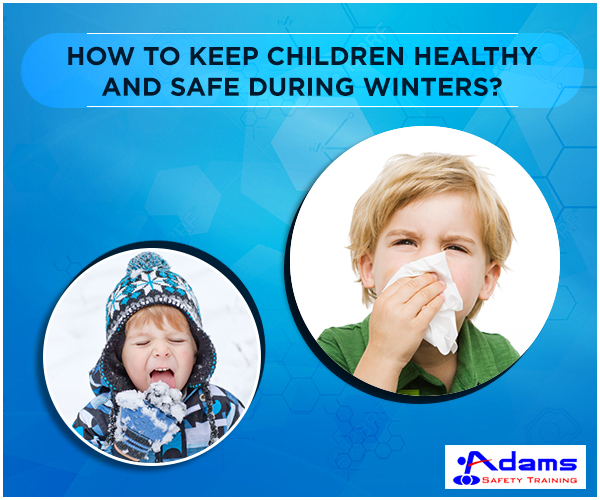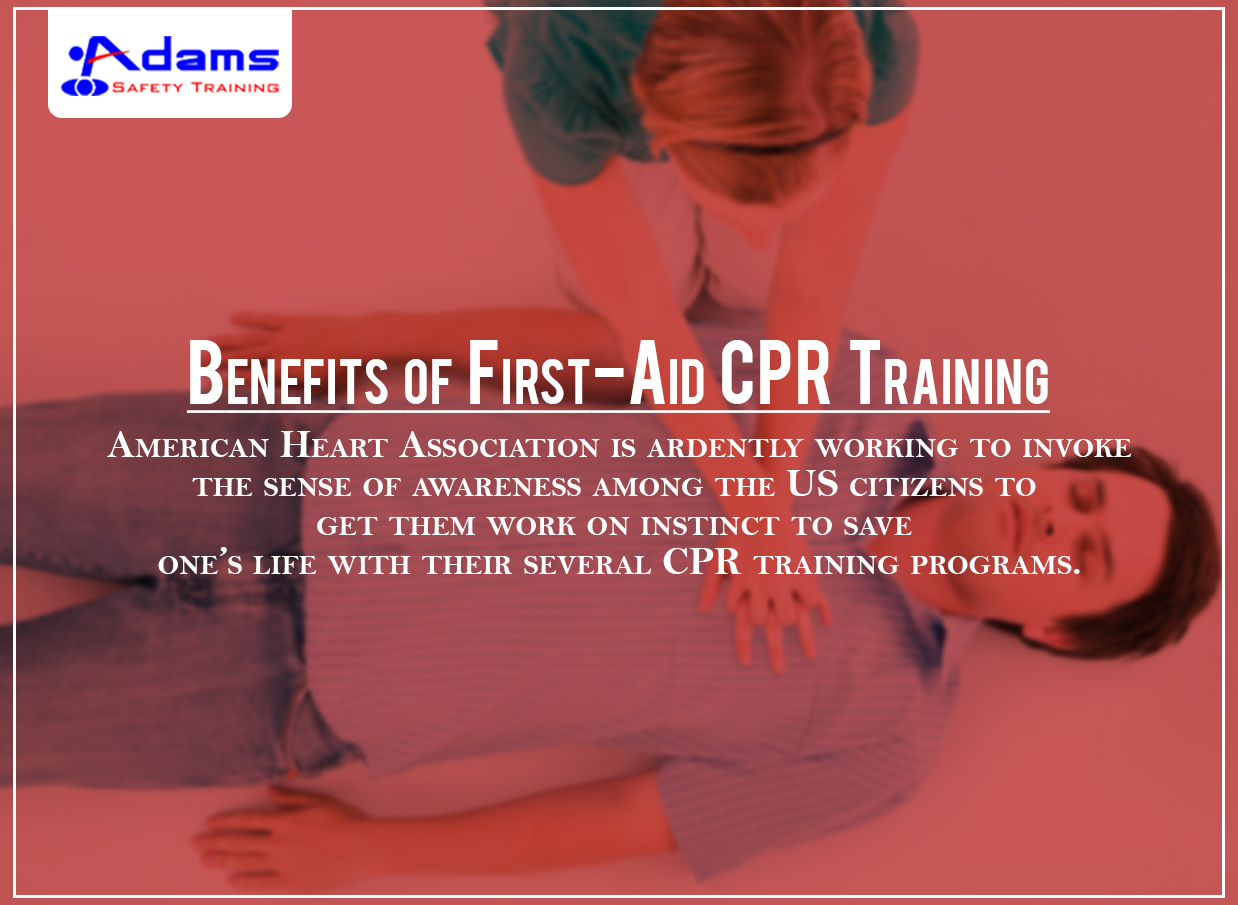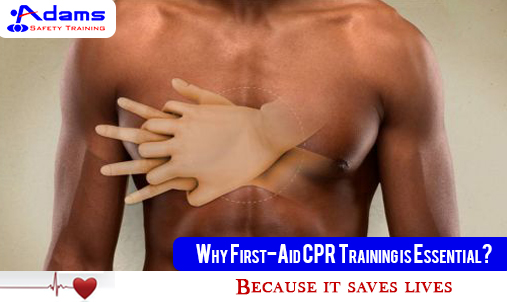Winters bring a lot of stress for the parents. Keeping their children safe and warm becomes their main concern. Dry weather and highly diminutive temperatures can be hazardous for the kids leading to injuries and accidents. Here is what you need to know about keeping your children safe during this unfavorable season.
Things to Consider While Being Outdoors
People living in snowy regions need to be extra precautionary while in the outdoors. You should never stop kids from going out. Outdoor activities are necessary for the physical growth of the children. Instead, you need to take few precautions and make them prepare for the outside environment. Accompany them and make them wear protective gear.
If you plan to get your kids engaged in games such as ice-skating and boarding, not only make sure that they wear protective helmets but also that you carry the first aid kits. Make them play under your supervision. Be aware of threats such as thin ice and deserted patches.
Protection against dehydration
It may seem ironic but dehydration in winters is a common phenomenon. The body’s metabolism is reduced due to low temperatures. This in turn, curtails the urge to take in liquids, ultimately leading to dehydration. You should be aware of these signs of dehydration in your children:
• Tiredness
• increased thirst
• decreased urine output
• Dry tongue
• Sunken face
• Weight loss
While being indoors, clean filters of heating device regularly to ensure a clean circulation of air.
You can also use humidifiers for keeping the skin hydrated. Humidifiers work best for people who use air conditioners constantly.

Other preventive measures such as washing hands regularly and bathing with hot water should be taken to prevent diseases.
You should also get CPR and First-aid training from a certified training institute to become capable of tackling with emergencies.



